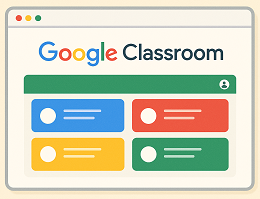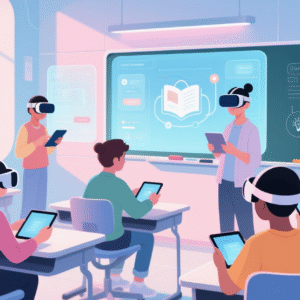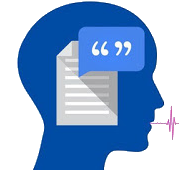One of the most exciting developments in educational technology is the use of Virtual Reality (VR) in English as a Foreign Language (EFL) instruction. VR offers an immersive, interactive environment that can make language learning more engaging, effective, and fun.
What Is Virtual Reality?
Virtual Reality refers to computer-generated simulations of real or imagined environments that users can explore and interact with using specialized equipment like headsets and controllers. In education, especially language learning, VR provides a safe and dynamic space where learners can practice real-life communication skills without leaving the classroom—or their homes.
Why VR Works for EFL Learners
1. Immersive Context
Traditional language classrooms often lack authentic contexts for practicing English. VR solves this by placing students in realistic scenarios—such as ordering food at a restaurant, checking into a hotel, or attending a job interview—all conducted in English. This contextual learning helps students retain vocabulary and grammar naturally.
2. Increased Engagement
VR is inherently engaging. The novelty and interactivity of virtual environments capture students’ attention more effectively than textbooks or even videos. When students are engaged, they’re more likely to participate actively and stay motivated.
3. Safe Practice Environment
Many EFL learners feel anxious about speaking due to fear of making mistakes. In VR, they can practice conversations with AI characters or other users in a low-pressure setting. Mistakes become part of the learning process rather than sources of embarrassment.
4. Real-Time Feedback
Some VR platforms provide immediate feedback on pronunciation, intonation, and comprehension through voice recognition software. This instant correction helps learners improve faster and build confidence in their spoken English.
5. Cultural Exposure
Language and culture are deeply connected. VR allows learners to “travel” to English-speaking countries, experience cultural norms firsthand, and understand idiomatic expressions in context. For example, students can take a virtual walk through London or attend a virtual baseball game in the U.S.
Popular VR Tools for EFL Learning
Here are some of the top VR tools currently being used by educators and learners around the world:
- Mondly VR – Offers immersive conversation practice with AI-powered virtual characters. Available on Oculus and Steam.
- ImmerseMe – Provides real-life scenarios filmed in 360° video, allowing learners to practice dialogues in different settings. Great for role-play activities.
- Engage – A VR platform where educators can create interactive language lessons and host live classes. Supports multi-user interaction and collaboration.
- Oxford VR – Develops programs that combine cognitive behavioral therapy with language learning, ideal for building confidence in speaking.
Challenges to Consider
Despite its benefits, integrating VR into EFL instruction isn’t without challenges:
- Cost: High-quality VR equipment can be expensive for schools or individual learners.
- Technical Skills: Teachers and students may need training to use VR tools effectively.
- Accessibility: Not all learners have access to the necessary hardware or internet speeds.
- Health Concerns: Prolonged use of VR headsets can cause eye strain or motion sickness in some users.
Tips for Implementing VR in EFL Classrooms
- Start Small: Begin with short VR sessions focused on specific language goals.
- Blend with Traditional Methods: Use VR to supplement—not replace—other teaching strategies.
- Encourage Collaboration: Let students work together in VR environments to promote peer-to-peer learning.
- Monitor Progress: Track student performance and engagement to assess the effectiveness of VR-based lessons.
- Provide Support: Offer technical help and guidance to ensure a smooth transition into VR-enhanced learning.
The Future of VR in EFL
As VR technology becomes more affordable and accessible, its role in language education will only grow. With advancements in artificial intelligence and natural language processing, future VR systems could offer even more personalized and adaptive learning experiences tailored to each student’s proficiency level and interests.
Virtual Reality has the potential to revolutionize how we teach and learn English. By offering immersive, engaging, and interactive experiences, VR empowers EFL learners to practice real-world communication in ways that were previously unimaginable. While it’s not a magic solution, when used thoughtfully, VR can significantly enhance the language learning journey.






